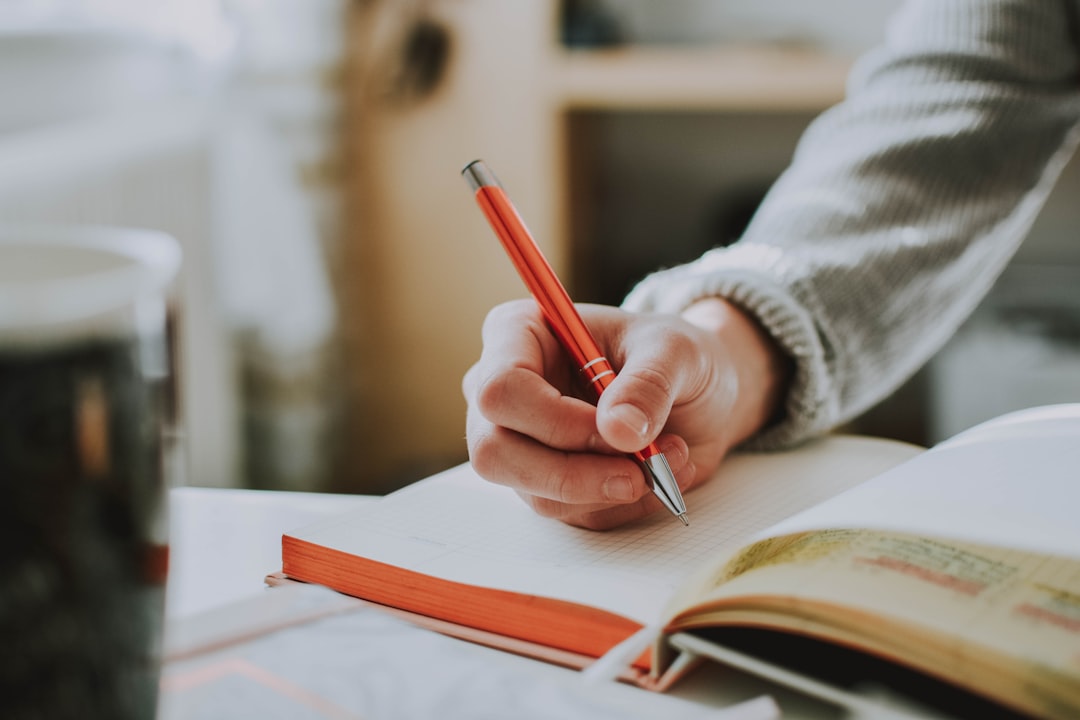What is it about?
For music students in the early stages of learning, the music may seem to be hidden behind the scores. To support home practising, Juntunen has created the Playback Orchestra method with which the students can practise with the support of the notation program playback of the full orchestra. The results of testing the method with first-grade string instrument students showed that the group who used the playback method learned faster than the group who did not. The clear and expressive body movements that are developed effectively by the playback method also provide support for leading a group by playing. The aim of this recent pilot study was to discover if improvisation benefits from an audio learning component. The research is a qualitative case study combined with quasi-experimental tests and quantitative analyses. The improvisation task was to describe a storm in a long musical tale, Mickey Mouse in a Storm, which had several episodes in different atmospheres. The results showed that the playback group was clearly better in terms of ‘joy of playing’, ‘concentrating’, ‘finding one's own improvising ideas’ and ‘understanding the overall picture’. The most crucial finding was that ‘intensive continuity’ improved faster in the playback group.
Featured Image
Read the Original
This page is a summary of: Music behind scores: case study of learning improvisation withPlayback Orchestramethod, Journal of Computer Assisted Learning, March 2015, Wiley,
DOI: 10.1111/jcal.12098.
You can read the full text:
Contributors
The following have contributed to this page










